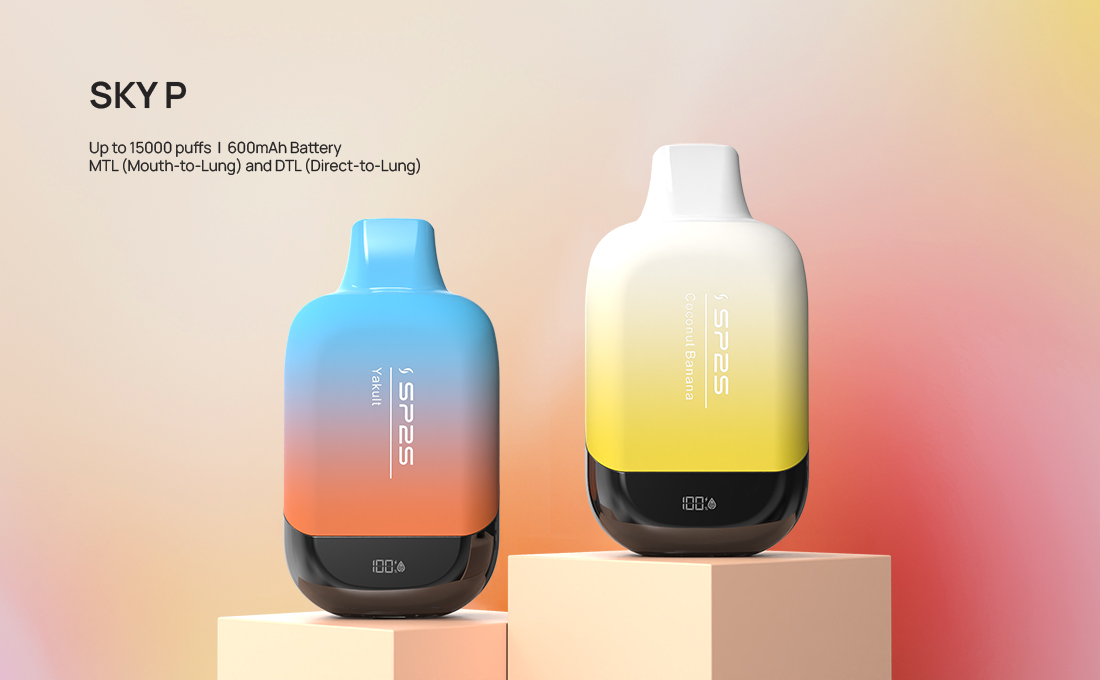Since the first edition of the index in 2020, the number of states with low vape friendliness has doubled. This index evaluates five key factors: whether states classify vapes as tobacco products, state-level flavor restrictions on vapes, state registration requirements, additional vape taxes, and the existence of online sales bans. Based on 2024 data from the U.S. Consumer Choice Center, this article analyzes the vape friendliness index across various states and examines recent policy trends and market dynamics.
Current State of Vape Friendliness
A+ Rated States – Highly Vape-Friendly
• Alaska
With no extra flavor restrictions or additional vape taxes and by permitting online sales, Alaska stands out with an A+ rating. This favorable regulatory environment enhances consumer choice and supports the electronic cigarette market.
• North Dakota
Similar to Alaska, North Dakota offers a relaxed approach regarding flavor restrictions, additional taxes, and online sales, earning an A+ rating that reflects its high vape friendliness.
• Tennessee
Tennessee’s balanced policies allow consumers to freely choose vape products as alternatives to traditional tobacco. The state’s supportive regulatory framework also results in an A+ rating.
States with Moderate Vape Friendliness
Arizona, Michigan, Mississippi, Missouri, Montana, Texas, Alabama, Arkansas, Oklahoma, Wisconsin
These states exhibit a moderately friendly stance toward vapes. Their policies recognize the harm reduction potential of vapes while providing consumers with a fair degree of choice. Overall, their regulatory environments are balanced, placing them in the moderate category.
States with low vape-friendliness
Utah (0 points)
Utah enforces strict restrictions on vapes with flavor bans, high consumption taxes, mandatory product registration, and online sales bans, resulting in a very low vape-friendliness index.
California (5 points)
California implements flavor bans—although partially overturned by legal rulings—and extra vape taxes. While online sales are not completely prohibited, the overall restrictions result in a low vape-friendliness index.
Vermont (10 points)
Vermont’s policies include moderate flavor restrictions and other limitations that impede the promotion and use of vapes, leading to a lower friendliness score.
Oregon, New York, New Jersey, Nebraska, Massachusetts, Illinois, Hawaii, the District of Columbia, Colorado (15 points each)
These states adopt restrictive policies including flavor bans, additional taxes, registration requirements, and online sales bans. Such measures limit the growth of the electronic cigarette market and contribute to their lower vape-friendliness indices.

Policy Evolution and Market Trends
2020–2024 Policy Dynamics
In recent years, the regulatory landscape for vapes in the U.S. has undergone significant changes. For example, in California, initial strict flavor bans have been partially overturned through legal challenges, leading to a market recovery and improved consumer options. Similarly, several states have gradually relaxed some restrictions to balance public health concerns with consumer freedom, marking an evolving regulatory framework.
Key Legislative Milestones
• Massachusetts, 2022:
Massachusetts implemented one of the nation’s strictest flavor bans on vapes in 2022, significantly affecting market dynamics.
• Additional Adjustments:
Other states have modified their additional tax rates and registration requirements based on consumer feedback and industry developments, illustrating the dynamic nature of vape regulation.
US Vape Pricing and Cross-State Buying
States with more relaxed regulatory environments generally offer lower vape prices. For cost-conscious consumers or those seeking better purchasing experiences, states like Alaska, North Dakota, and Tennessee provide attractive options. Additionally, cross-state buying is a viable alternative, though buyers should be aware of varying state regulations and shipping policies.

Conclusion
Based on 2024 data and recent policy evolution, the US vape friendliness index provides critical insights into how state regulations shape the electronic cigarette market. From highly supportive states to those with strict limitations, understanding these differences is essential for consumers, industry stakeholders, and policymakers alike. If you have updated information or insights on recent policy changes, please leave a comment below and join the conversation.

Leave A Comment
Your email address will not be published.